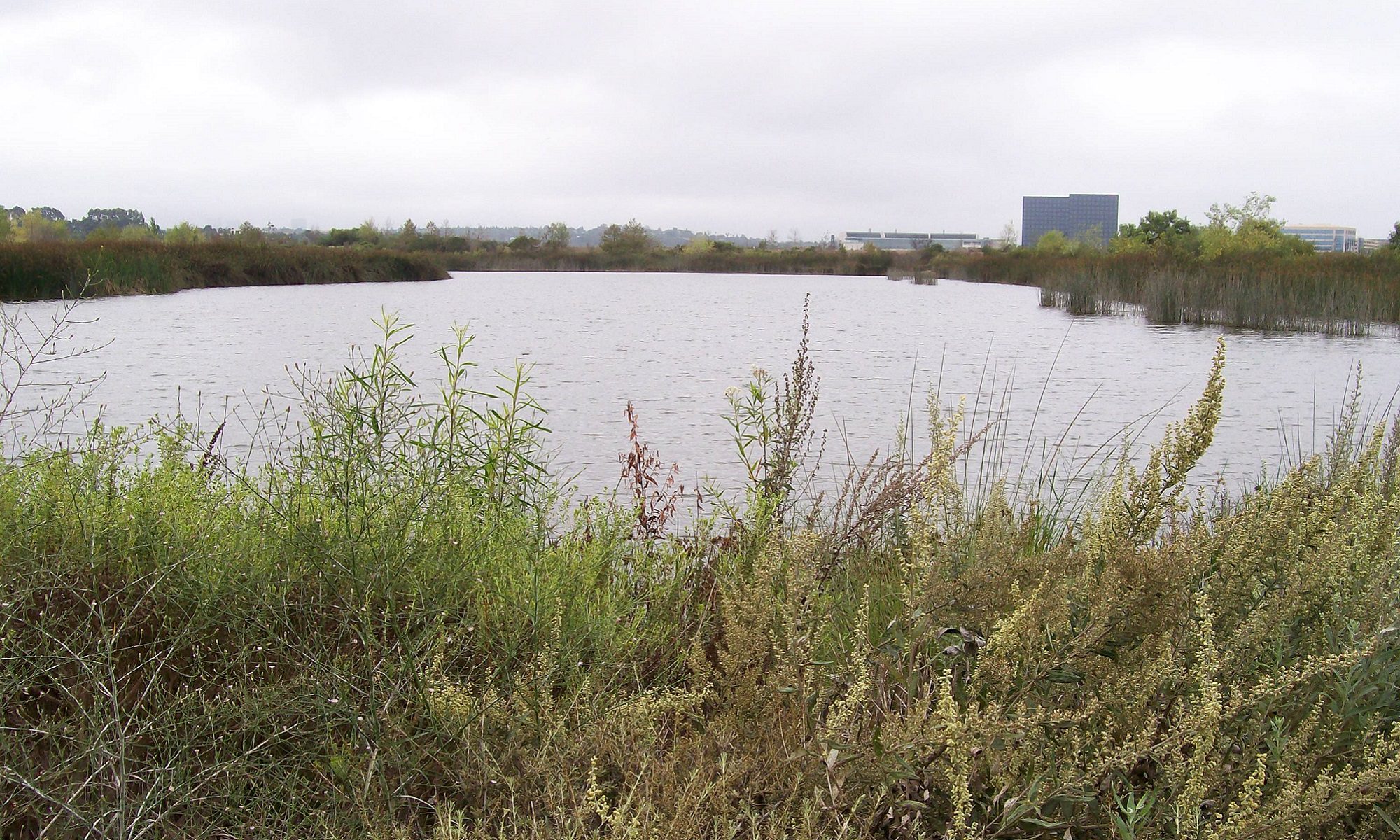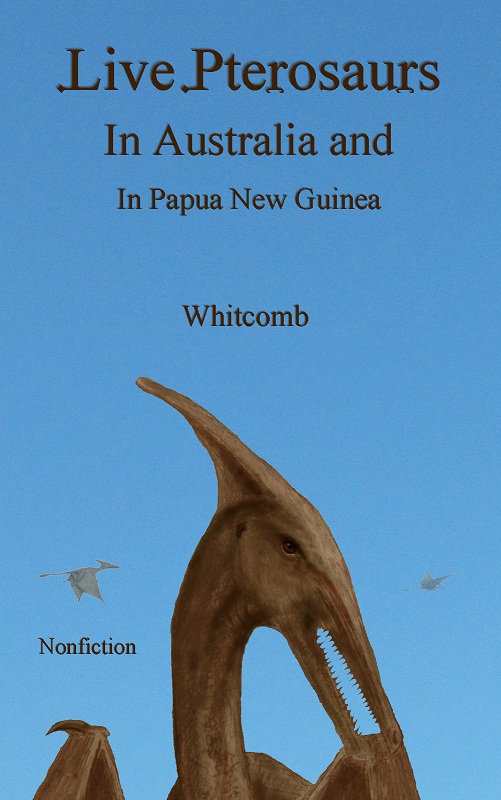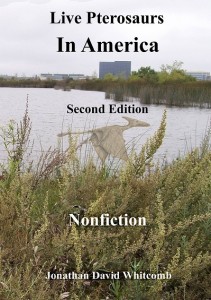The recently published ebook Live Pterosaurs and Australia and in Papua New Guinea seems to have little connection with sightings on the American continent. But the cover image closely relates, for it has the sketch of the “Gitmo Pterosaur” from Patty Carson’s sighting in 1965 (sighting in North America).
But this new book deals with a similar issue to Live Pterosaurs in America, for Australians have been raised in a similar cultural indoctrination—the assumption of universal extinctions of all species of pterosaurs.
Consider the following quotation from the first chapter of Live Pterosaurs in Australia and in Papua New Guinea:
Darwin emphasized extinctions. In time, the concept of many extinctions in the distant past was accepted by many scientists. That created an atmosphere unfriendly to any eyewitness account of a live pterosaur, to put it mildly. What scientist would have believed it?
The pterosaur-extinction dogma predated Darwin. But if an eyewitness referred to a flying dragon, then “dragon” would have sounded too unscientific. Whatever an eyewitness said, before the twentieth century, any report of anything like a pterosaur would have been rejected by most scientists.
Nonfiction Cryptozoology Book on Live Pterosaurs
. . . you have a right to know why some eyewitnesses are hesitant to report shocking encounters. You’ll see an example in the chapter about the 1944 sighting by Duane Hodgkinson and his tight-lipped army buddy.
Non-Fossil Pterosaurs in Australia
Each [of the four critical sightings] rises above the average sighting; each is shocking, with no reasonable misidentification or hoax explanation; each is usually avoided by critics (who prefer ridiculing generalized hypothetical sightings that those critics themselves have imagined). Not one of the eyewitnesses was alone.




